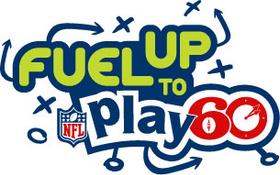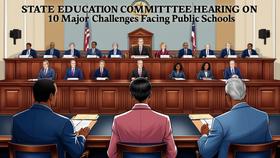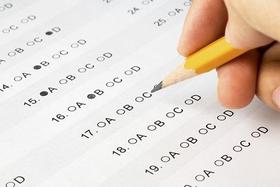The debate on whether smaller class size corresponds with higher academic achievement is an ongoing controversy. Numerous studies have been conducted with conflicting results. Federal funding for class size reduction has been inconsistent. A 1999 federal program designed specifically to fund class size reduction was repealed by the No Child Left Behind Act of 2001. The inconclusive results from the studies of class size reduction leave education policymakers to decide whether reducing class sizes should be a state priority in school reform. This article discusses some of the approaches states have used to regulate class size, whether current budget shortages or other changing conditions may have an unintended impact on class size initiatives, and what parents can do with respect to their child's class sizes.
This insightful article delves into states' various approaches to regulating class size, examining their effectiveness and potential unintended consequences amidst current budget shortages and changing educational landscapes. We explore how factors such as funding limitations, shifting priorities, and evolving instructional models may impact class size initiatives. Additionally, we provide valuable guidance for parents on understanding and advocating for their child's class sizes. By empowering parents with knowledge and practical steps, we aim to equip them to engage with schools, educators, and policymakers to ensure optimal learning environments for their children. Discover the complexities of class size regulations, their potential implications, and how parents can actively contribute to the conversation surrounding this critical aspect of education.
State Laws Limiting Class Size
Notwithstanding the ongoing
















